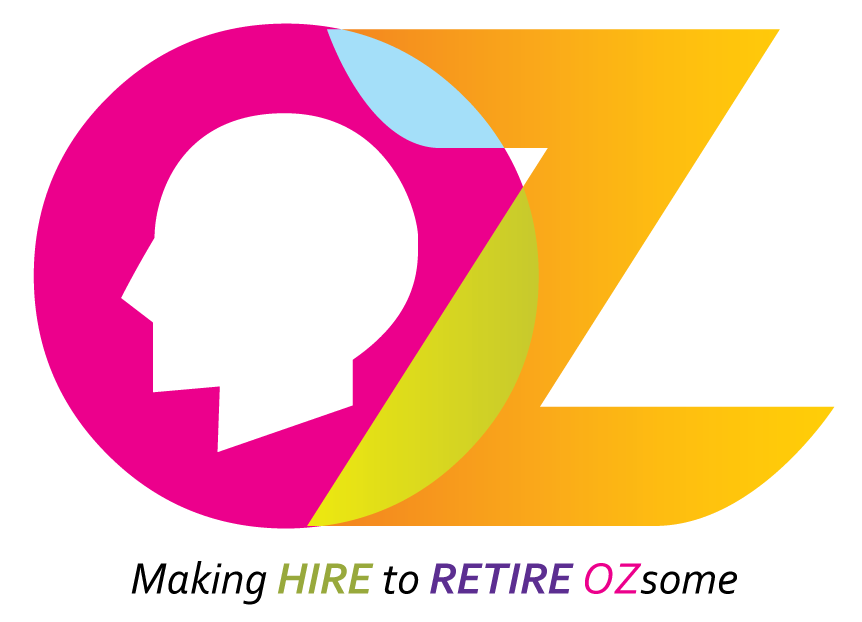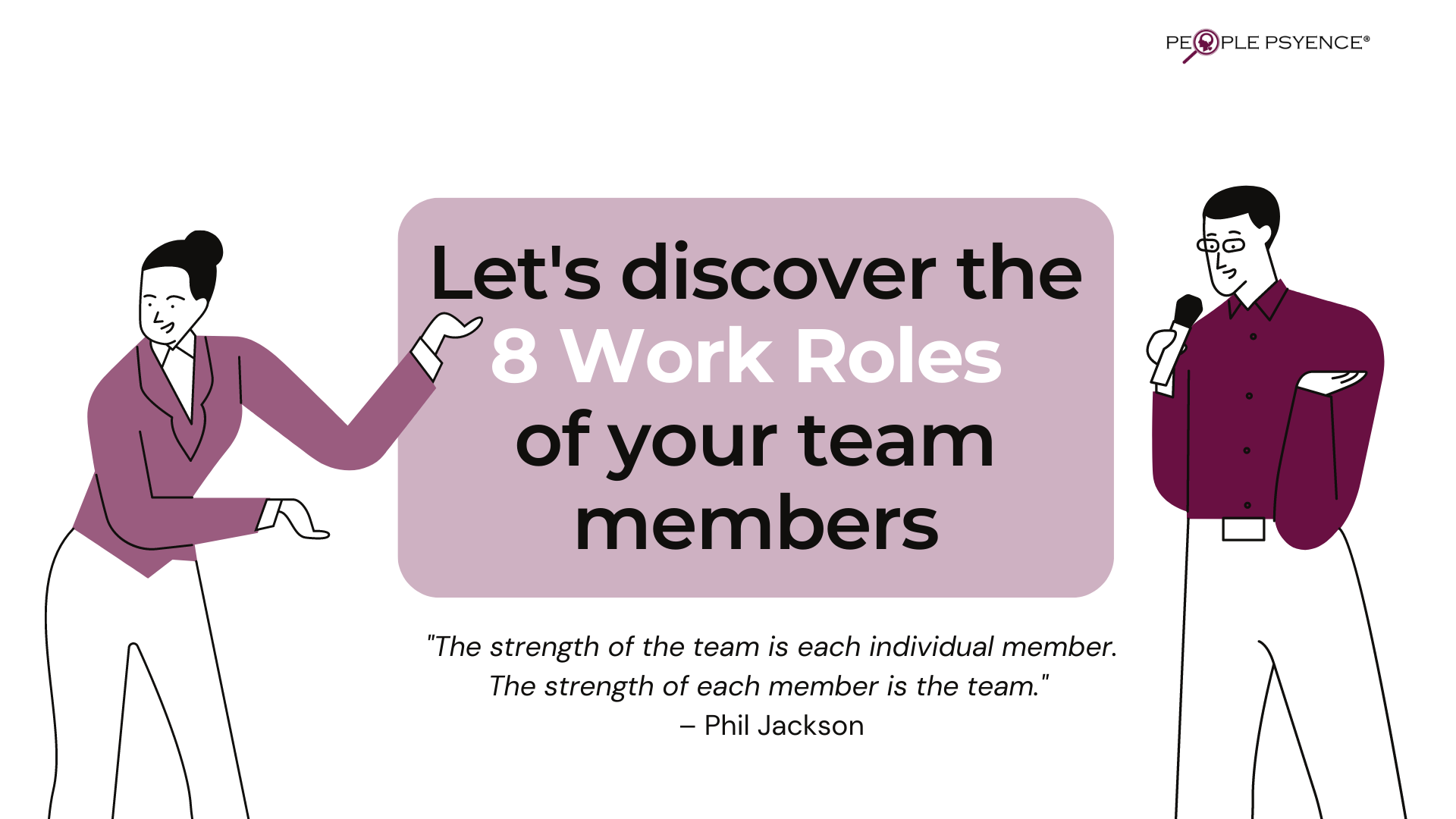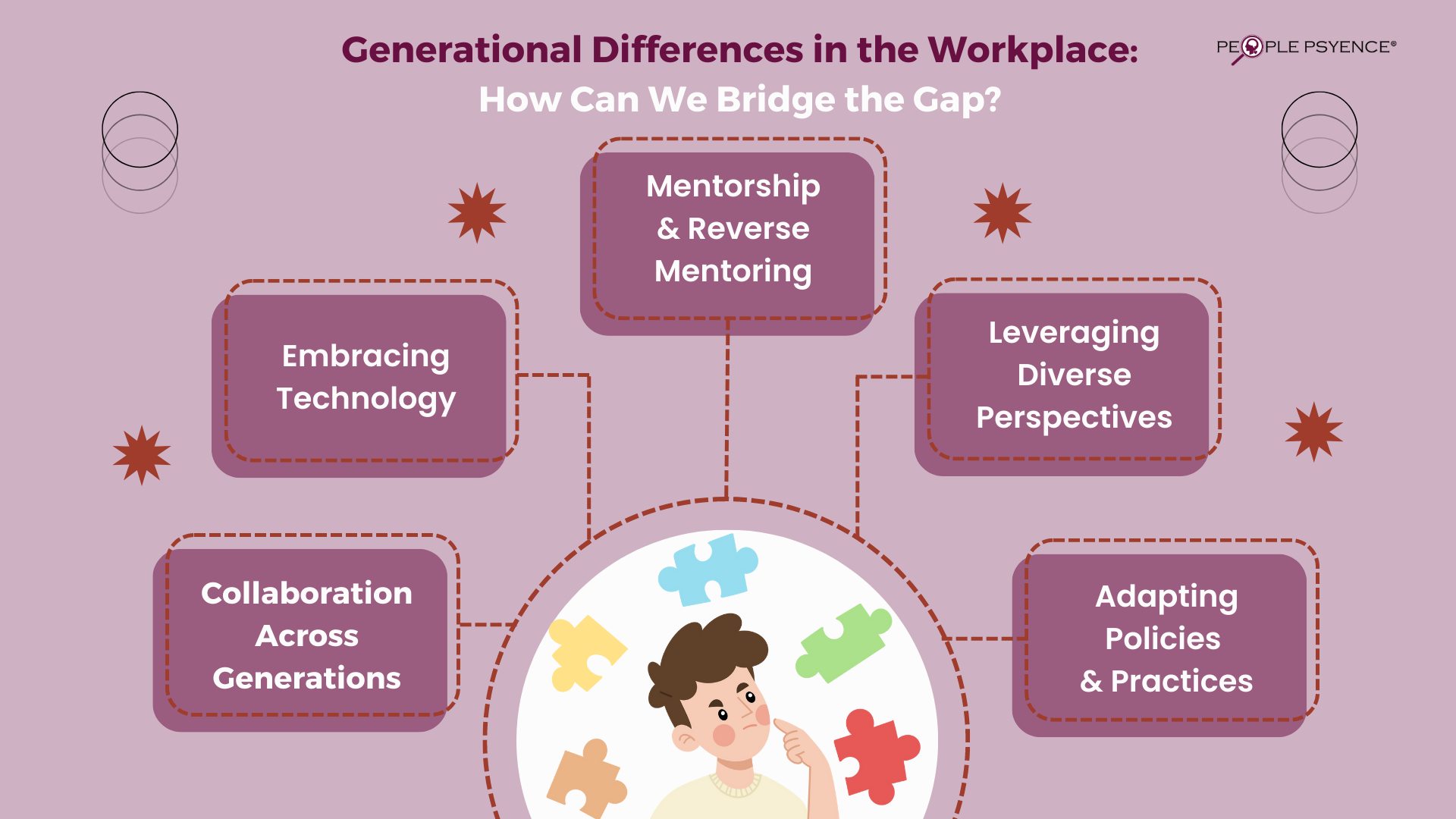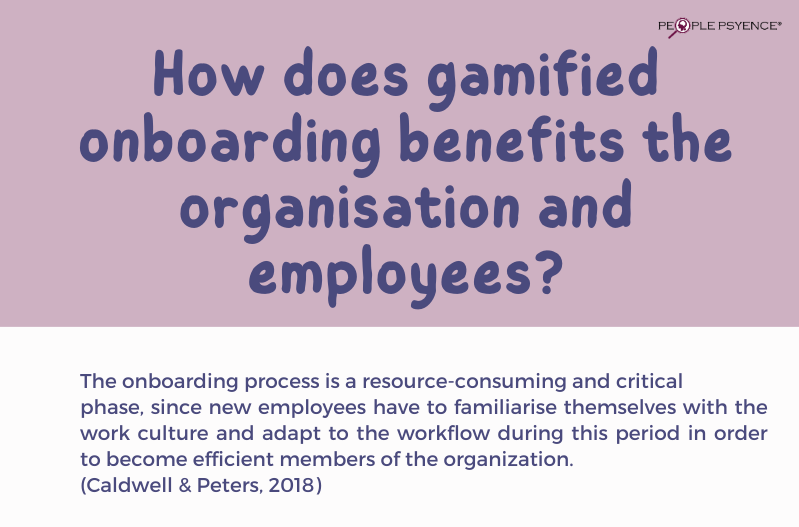A team is not just a group of individuals working together. We rely on each other’s strengths and skills, and our interactions can either promote or deteriorate our project’s success. Each team member has their own unique working style and hence carries a different work role. Therefore, as a team leader, it’s crucial to understand the different work roles that contribute to team dynamics.
The Work Roles model introduced by Saville Wave® (refer to Figure 1.0) utilises information obtained from the Wave® personality assessment to precisely predict an individual’s job performance and potential. Within this framework, there are 8 distinct Work Roles that are associated with four main behavioural clusters.
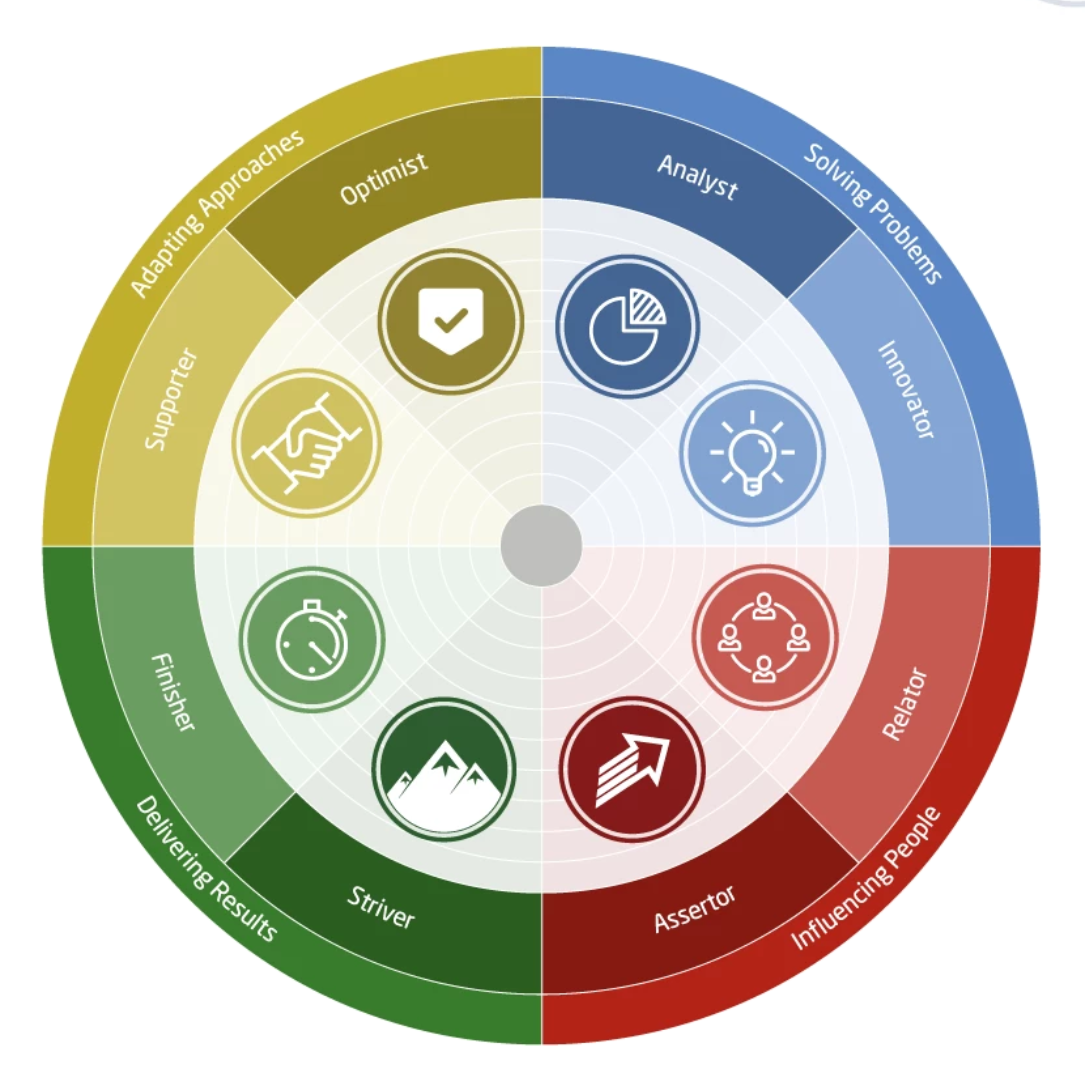
Based on Figure 1.0, the eight work roles are:
- Analyst – utilises their intelligence and knowledge to analyse and assess data in order to find the correct solution.
- Innovator – employs a creative method to solve problems and frequently comes up with long-term plans.
- Relator – able to actively communicate with others and assist in enhancing interpersonal communication.
- Assertor – seizes control of situations and organises individuals, exhibiting a preference for assuming the role of leader.
- Striver – strives relentlessly to attain ambitious outcomes, exhibiting a strong entrepreneurial spirit and a competitive edge.
- Finisher – the focus is on completing tasks to a high standard while paying attention to details.
- Supporter – attends to the needs of others and prefers a team-oriented approach.
- Optimist – tends to be resilient and stay calm under pressure. They help to keep morale high.
Each work role may seem like they oppose one another, but they actually work well together when placed in a team. For instance, if there is an analyst, an innovator, and a finisher in the team, the innovator tends to generate multiple solutions to any issues that arise, the analyst is inclined to meticulously analyse the solutions to identify the best one, and the finisher is likely to make certain that ongoing tasks are completed despite any problems, ensuring that the project is delivered on time. This definitely benefits the organisation overall.
Taking the initiative conducted by a global insurance company as an example – they have implemented a management capability programme aimed at improving the skills of its managers and creating high-performing teams. They used Work Roles Reports to evaluate how well their people managers fit into the eight work roles. Targeted development advice was provided to enhance their management styles, and each of them subsequently facilitated their own workshops with the respective team to improve team dynamics. This programme offered the people managers an opportunity to be aware of their overplayed strengths, explore each team member’s work styles and utilise their strengths to form highly productive teams.
Thus, understanding and leveraging these work roles within your team can bring significant benefits, including improving self-awareness, enhancing teamwork, facilitating better decision-making, and identifying personal and professional growth areas. By recognising strengths and limitations, individuals can work more effectively within a team and make more comprehensive decisions by considering multiple perspectives. Additionally, understanding different job roles can help individuals identify areas for career development and skill enhancement.
Therefore, be sure to identify and utilise the strengths of each team member for maximum effectiveness!
For any enquiries, click on the link below to contact us!
